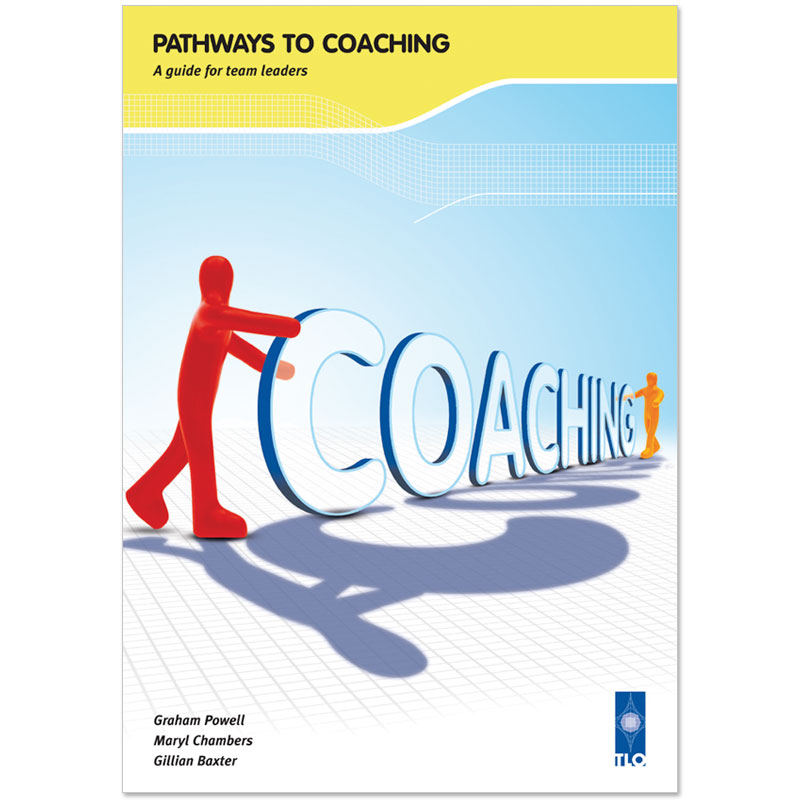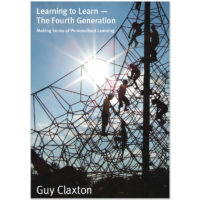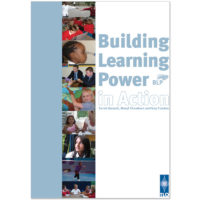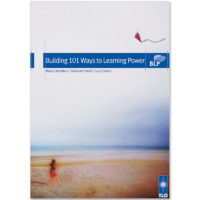The book covers:
- What makes a good coach?
- Matching styles to teachers’ needs
- Structuring a coaching session
- The skills of effective coaches
- Coaching and CPD
Imagine someone who focuses on you and what you want to achieve, listens to you without judgement and allows you to express your feelings – in fact accepts you without analysing you.
Imagine you can talk to this person every week, when you’ve had great success, and when you’ve just made a mess of things. This is the place you come to visit regularly and consistently… to consolidate, to integrate and to push on.’
Imagine an organisation where everyone works like that – a learning organisation that ensures that its people gain job, and life, satisfaction. It can do this because it is underpinned by shared values that are lived out by all partners. It does this for the simple reason that it fosters commitment to continuous improvement and makes the organisation and the people within it successful.
Such an organisation sees the potential in others rather than their limitations. It is an organisation founded upon high levels of trust and mutual support. People are open to being influenced because communication is open and underpinned by those shared values. This is the way of coaching. It is a counter-blast to the top-down approach to change that has been hard to avoid in the educational community in recent times.
It is a collaborative approach that assumes competence and aids further improvement; it is based on an effectiveness model rather than a deficiency model. Above all, it is not a soft option, because it depends upon a proper understanding of accountability. It is both supportive and challenging.
Coaching enables people to realise their potential by helping them to take responsibility for themselves, to be accountable to themselves, and to apply this to their working practices.





